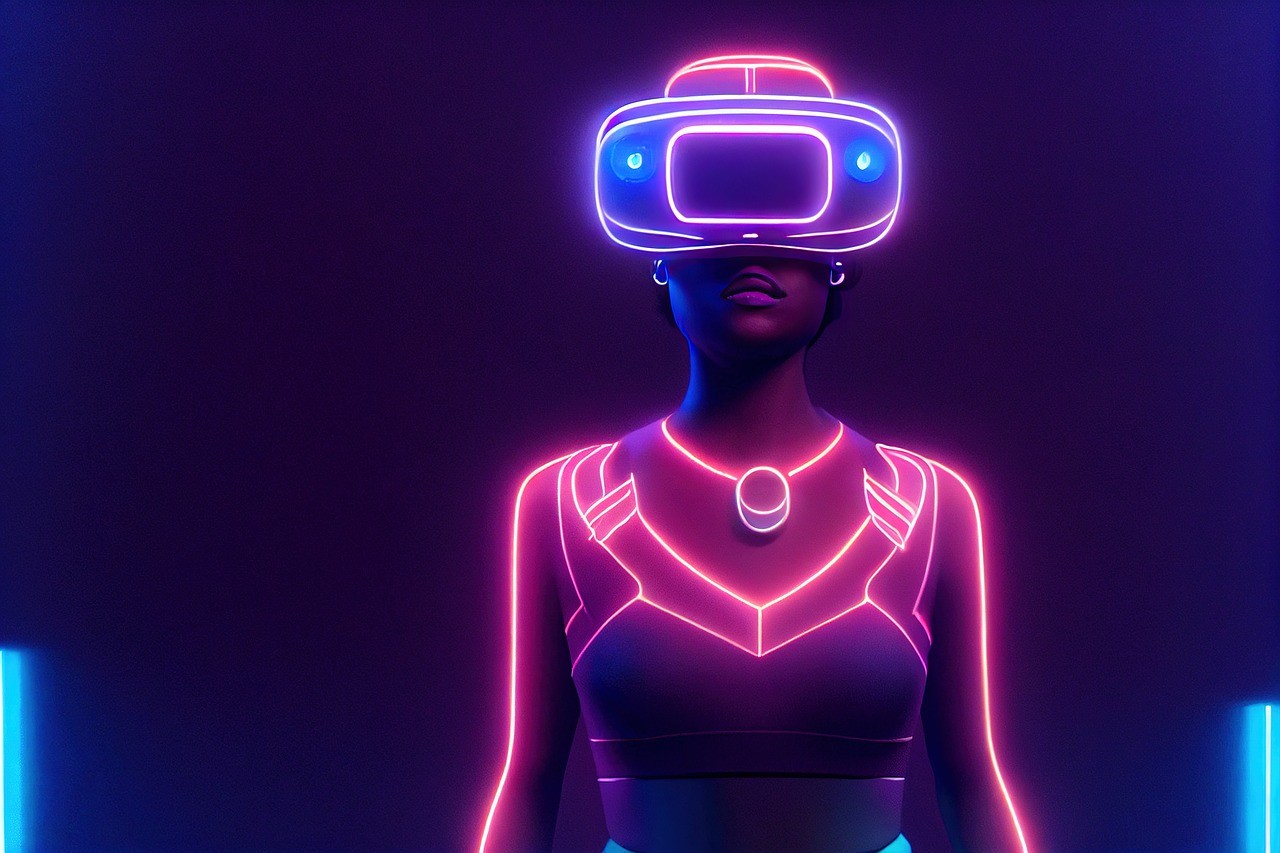
December 1, 2024, 8:26 am
Dental visits are essential for oral health but can often evoke anxiety, particularly in children. Virtual reality (VR) and augmented reality (AR) are revolutionizing the dental experience, helping to reduce fear, improve engagement, and educate patients in innovative ways. These cutting-edge tools not only make dental visits more manageable for anxious patients but also empower them with knowledge about oral health.
Understanding Virtual and Augmented Reality in Dentistry
Virtual Reality (VR) immerses users in a completely digital environment, isolating them from external stimuli. In a dental setting, this might involve patients wearing VR headsets to be transported to calming virtual landscapes while undergoing treatment.
Augmented Reality (AR) overlays digital elements onto the real world, allowing users to see and interact with both their immediate environment and digital enhancements. AR applications in dentistry include interactive patient education tools and augmented views of oral anatomy for procedural planning.
These technologies offer transformative potential for patient care and engagement, especially in pediatric dentistry.
Reducing Dental Anxiety with VR and AR
Fear of the dentist, or dental anxiety, is common among patients of all ages. In children, this fear can be heightened due to unfamiliar environments, loud equipment, and discomfort during procedures. VR and AR address these challenges by creating a more comforting and engaging atmosphere.
How VR Reduces Anxiety
- Distraction Therapy: VR transports patients to soothing virtual environments—like beaches or forests—helping them dissociate from the clinical setting. Studies have shown that this distraction reduces perceived pain and anxiety during dental procedures.
- Pre-Visit Familiarization: Virtual tours of the clinic using VR headsets allow children to explore the environment beforehand, reducing fear of the unknown.
AR’s Role in Pediatric Comfort
- Interactive Storytelling: AR apps turn dental tools into friendly characters or incorporate animated overlays during treatment to keep children engaged and distracted.
- Educational Games: AR games teach children about oral hygiene in a fun and interactive way, reducing fear and fostering a positive association with dental care.
Enhancing Patient Education
One of the biggest barriers to effective dental care is a lack of understanding among patients. VR and AR technologies are bridging this gap by making complex dental concepts accessible and engaging.
VR for Immersive Learning
VR simulations allow patients to virtually "step inside" their mouths to see cavities, plaque, or gum disease up close. This immersive experience:
- Makes oral health issues tangible and easier to understand.
- Motivates patients to adhere to treatment plans and hygiene routines.
AR for Real-Time Visualization
AR apps can project 3D models of a patient’s teeth onto a screen or tablet, helping dentists explain:
- Treatment options, such as braces or crowns.
- How specific procedures will address oral health concerns.
For example, showing the progression of untreated cavities versus post-treatment outcomes can influence patients to prioritize care.
Benefits for Pediatric Dentistry
Pediatric patients present unique challenges due to their shorter attention spans and heightened fear of unfamiliar environments. VR and AR technologies provide tailored solutions to these challenges.
Engaging and Empowering Children
- Interactive Hygiene Lessons: AR games teach children proper brushing and flossing techniques in a playful manner.
- Immersive Stories During Treatment: VR headsets transport children into their favorite stories or games, keeping them calm and entertained during procedures.
Fostering Positive Associations
By creating enjoyable experiences during dental visits, VR and AR help children associate the dentist with fun and learning rather than fear, leading to better long-term oral health habits.
Real-World Applications
VR Success in Pediatric Practices
A pediatric dental clinic introduced VR headsets for routine cleanings and cavity fillings. Children could choose from a selection of virtual environments, such as underwater adventures or space journeys. Post-treatment surveys showed a 60% reduction in reported anxiety levels and a significant improvement in patient cooperation.
AR for Patient Engagement
An AR app developed for dental practices allows children to scan their toothbrushes to unlock virtual characters that guide them through proper brushing routines. Parents reported increased enthusiasm for oral hygiene at home, leading to improved outcomes during check-ups.
Challenges and Considerations
While VR and AR offer numerous benefits, integrating these technologies into dental practices involves certain challenges:
- Cost: Initial investment in hardware, software, and staff training can be high.
- Technical Barriers: Ensuring seamless operation and integration with existing systems requires expertise.
- Patient Adaptability: Not all patients may be comfortable with or interested in using these technologies.
Addressing these challenges involves clear communication of the benefits to patients and staff, as well as exploring cost-effective solutions like shared VR setups.
The Future of VR and AR in Dentistry
As VR and AR technologies evolve, their applications in dentistry will expand:
- AI-Enhanced VR Experiences: Personalized virtual environments based on patient preferences and anxiety levels.
- AR-Driven Surgical Planning: Augmented views of oral structures to guide precision procedures like implants.
- Remote Education Tools: VR platforms for teledentistry consultations and home-based oral hygiene lessons.
These innovations will further cement VR and AR as indispensable tools for improving patient care and education.
